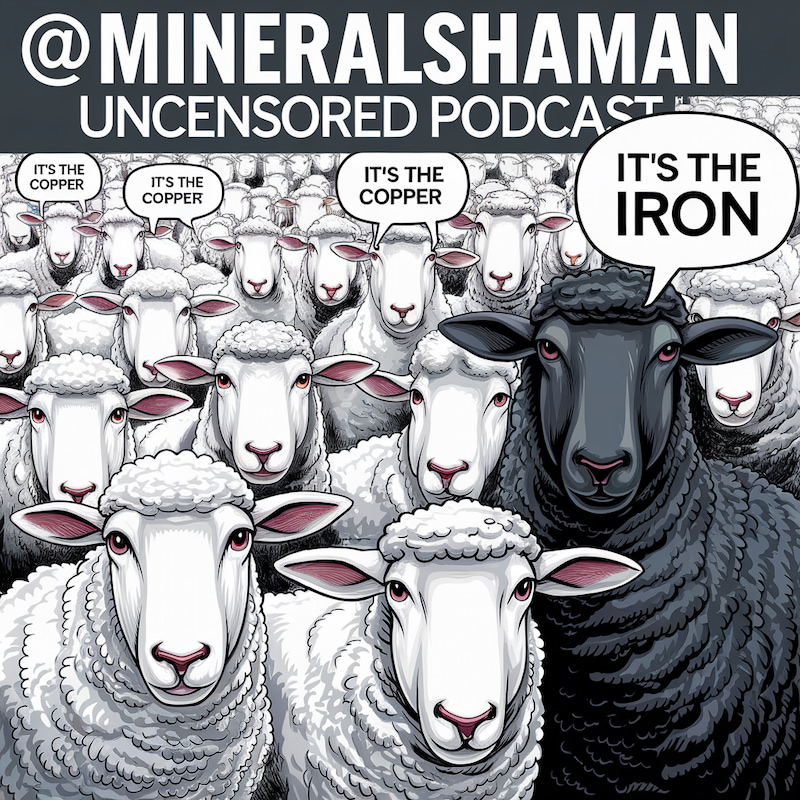A Brief Rant
Most everyone who has worked with Ayahuasca understands that harmine, one of its primary alkaloids, acts as a reversible inhibitor of monoamine oxidase (MAO). However, if I had a dime for every time someone mentioned harmine’s role as an inhibitor of Cytochrome p450, I’d be in exactly the same financial situation. In other words, it’s never talked about and that’s because it lives in the realm of the obscure. I suspect that even the best intentioned practitioners out there don’t fully grasp just how many effects of the plants have on our biology–to say that they effect every aspect of our biology is probably not an overstatement of the truth. But, for today, let’s focus on just one of those aspects.
To most people in the plant medicine and pyschedelic world, they still think in the paradigms invented by pharmaceutical companies to sell drugs. That is, they speak in the language of neurotransmitters like serotonin and dopamine. Naturally, these are the sexy parts of the conversation, but I look at things very differently. I’m interested in how these plant medicines interact with oxygen, our metabolism, and why copper deficient and iron toxic westerners don’t seem to have the same longterm results as the indigenous groups who have worked with these plant medicines for centuries (spoiler alert: it’s because westerners are FUBAR in terms of natural mineral dynamics and overall metabolic health). But I digress…
A Cytochrome Says What?
First some background. Harmine is a psychoactive alkaloid compound found in several plant species, including the Banisteriopsis caapi vine used to make Ayahuasca. It acts as a reversible inhibitor of liver enzymes called cytochrome p450s, which are important for metabolizing various compounds (drugs included) and toxins in the body. Cytochrome p450s are also very important antioxidants that help us manage the by-products of our energy production. When harmine inhibits cytochrome p450s, this allows some compounds to persist longer in the body and puts a stop to some of our own internal antioxidant activity.
What are Cytochrome p450 Enzymes?
Cytochrome p450 enzymes are a superfamily of heme-containing proteins found in tissues throughout the body but primarily in the liver. The cytochrome p450 enzymes are hemoproteins, meaning they contain a heme prosthetic group with an iron atom at the center. However, they also require a second metal cofactor, and in most cases this is copper. The copper allows cytochrome p450s to activate molecular oxygen, which is needed to oxidize substrates in the reaction catalyzed by these enzymes.
The copper is bound to the protein structure in a specific location called the cysteine pocket. It is often coordinated with sulfur from cysteine amino acid residues. Some bacterial cytochrome p450s use iron instead of copper at this site, but in humans and most mammals it is universally copper. Without the copper cofactor, cytochrome p450 enzymes lose their enzymatic activity and are unable to metabolize compounds effectively.
I emphasize this point about copper because I believe that most westerners do not have sufficient bio-available copper in their cytochrome p450s to render these enzymes fully functional. The reasons for this are complex, but largely relate to the increased iron burden carried by westerners from the iron fortification programs, and decreased copper and retinol consumption over the past century. These dietary factors, combined with a level of stress that is unprecedented in human history, create a situation where mineral deregulation is the norm.
But, back to the cytochrome p450s. Essentially, we need these enzymes as antioxidants and we generally don’t have enough as westerners. In liver cells these enzymes play a major role in metabolizing drugs, toxins, and other foreign compounds. Cytochrome p450 enzymes work by oxidizing these substances, adding an oxygen atom to make the compounds more water soluble and easier to excrete from the body. There are many different isoforms of cytochrome p450s, designated with names like CYP1A2, CYP2D6, CYP3A4, etc. Each isoform has preferences for metabolizing certain types of compounds.
Harmine’s Inhibition of Cytochrome p450 Isoforms
Now, what the heck does this have to do with Ayahuasca? Stay with me. The harmine alkaloid found in the Ayahuasca vine selectively inhibits a few cytochrome p450 isoforms, specifically CYP1A2, CYP2D6, CYP2C9, and CYP3A4. The mechanism involves harmine binding to these enzymes and reversibly inhibiting their oxidative functions. This inhibition causes substances normally broken down by these cytochrome p450s to persist longer at higher levels in the body, which can enhance and prolong their effects.
Effects on Drug and Toxin Metabolism
By inhibiting these cytochrome p450 enzymes, harmine slows the normal metabolism and breakdown of certain drugs and toxins in the liver and shuts down vital antioxidant functions. The cytochrome p450 enzymes are crucial for managing oxidative stress. Amongst other functions, cytochrome p450s:
- Are involved in biosynthesis pathways of antioxidant molecules like vitamin D, melatonin, vitamin A retinoids, and steroid hormones like estrogen.
- Cytochrome P450s metabolize and generate antioxidant forms of omega-3 and omega-6 fatty acids like epoxyeicosatrienoic acids (EETs).
- They metabolize antioxidants like vitamin E to regulate levels of different vitamin E forms.
- Cytochrome p450s break down damaged lipid molecules to help maintain cell membrane integrity against oxidative damage.
- Some cytochrome p450s even exhibit direct antioxidant activity by scavenging free radicals and reactive oxygen species.
- Genetic variations in antioxidant cytochrome p450s are associated with increased risk of cancers and other diseases linked to oxidative stress.
So this begs the question: When one consumes Ayahuasca and turns off the activity of key cytochrome p450 enzymes, is this really a good thing? In my own journey with Ayahuasca and self-exploration, I had to cut through a lot of dogma and bullshit to discover that if one’s liver is already compromised and/or one already has poor antioxidant activity due to low bio-available copper and/or high iron deposits in the liver, turning off cytochrome p450 is not a good thing. During the time when these enzymes are inactive, one is creating a ton of oxidative stress in the liver. Naturally, this inactivation is also one of the mechanisms of action because cytochrome p450s play a role in the breakdown DMT. With cytochrome p450s offline, DMT is not metabolized and broken down for excretion. This is separate and apart from the effects of MAO on DMT.
I Made it This Far, But What’s the Point?
I’m really not sure where this will lead you, but for me it’s an important avenue for the work I do. People who grew up in western countries on diets fortified with iron and deficient in copper may not be the best candidates for working with Ayahuasca, at least until they do something to balance their minerals. Some of the rapid aging effects I’ve seen in westerners working extensively with Ayahuasca look a lot like the rapid onset of oxidative stress, which is not insignificant. I believe Ayahuasca to be an incredibly powerful and beautiful medicine. But, this medicine will only meet us where we are. If we don’t have the antioxidant capacity going in to weather temporary shut down of our very important antioxidant enzymes, we probably should be told that so that we can make an informed decision. So, now you’ve been told.
My advice, manage your iron and get your copper balanced via the Root Cause Protocol or other means. The less iron you have causing oxidative stress in your liver the more you will be able to tolerate the temporary pause on your cytochrome p450s brought about by Ayahuasca.






